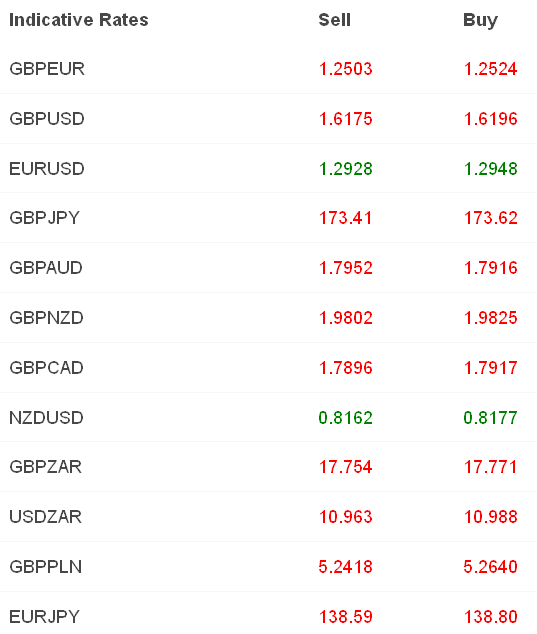Welcome To The Last Calm Day Of The Week
Jeremy Cook | Sep 16, 2014 03:54AM ET
With this week’s event risk just cresting the horizon, it was no real surprise that markets very much kept their powder dry in yesterday’s session. The first real risk for wider markets is tomorrow’s Federal Reserve meeting and the possible language changes that the Fed may use to signal an increased confidence in the US economy.
It is difficult to say whether this change in language is needed this month, however. We have started to see the general level of macroeconomic data and recovery slow ever so slightly in developed economies, with the US being no exception. This month’s payrolls announcement was the worst of the year – including the polar vortex affected Q1 – while the improvements in the inflation outlook have also cooled.
We will find out in 36 hours time.
Today’s markets will be dominated by the latest UK inflation numbers before tomorrow’s run of unemployment. Combining the two gives us the most pertinent readout to determine the Bank of England’s monetary policy mindset; real wages.
As we highlighted in yesterday’s weekly outlook, this month’s inflation data will continue to feel the impact of two market trends. Sterling strength is a natural depressor of inflation as our imports get cheaper and the recent slip in the pound will eventually start having a slight upward effect on the pound. At the moment this is being outweighed massively by the falls in the oil price.
Brent crude hit its lowest level in two years last week. Weak economic growth in China – as evidenced by a poor industrial production figure at the weekend – and in Europe are being blamed for demand falling below 500,000 barrels a day in the three months to June. That hasn’t happened since 2011. Supply has been bid higher via shale and fracking discoveries in the United States and Canada but the lack of demand globally has only depressed prices and inflation as a result.
We are looking for CPI to fall to 1.4% on the year in August from 1.6% in July although strong consumer demand may see this moderate to only 1.5% through the past 12 months. It is crucial to remember that were we not in a world of quantitative easing, Eurozone crises, a Scottish referendum and a slowdown in China, then the inflation outlook would still be a precursor to keeping rates as they are for now.
Once again, AUD has been the main mover over the Asian session, reacting to the latest minutes from the Reserve Bank of Australia. The central bank made some rather detailed comments around the movements in Australian house prices and the high level of “speculative demand” increasing the chance of a large fall further on down the track.
The recent collapse in the AUD has slowed as well, following a rebound higher in iron ore prices. Terms of trade will tell you that the more valuable a country’s exports are to their imports, the better their currency will perform. Iron ore is down 5% in the past 5 weeks but has stabilised a tad overnight.
The German ZEW survey of financial experts is set to see its 9th consecutive decline this month. The uncertain situation in Ukraine will continue to exert downwards pressure on the expectations component of the index, an indicator which has been useful in leading overall Eurozone growth lower. The figure is due at 10am.

Trading in financial instruments and/or cryptocurrencies involves high risks including the risk of losing some, or all, of your investment amount, and may not be suitable for all investors. Prices of cryptocurrencies are extremely volatile and may be affected by external factors such as financial, regulatory or political events. Trading on margin increases the financial risks.
Before deciding to trade in financial instrument or cryptocurrencies you should be fully informed of the risks and costs associated with trading the financial markets, carefully consider your investment objectives, level of experience, and risk appetite, and seek professional advice where needed.
Fusion Media would like to remind you that the data contained in this website is not necessarily real-time nor accurate. The data and prices on the website are not necessarily provided by any market or exchange, but may be provided by market makers, and so prices may not be accurate and may differ from the actual price at any given market, meaning prices are indicative and not appropriate for trading purposes. Fusion Media and any provider of the data contained in this website will not accept liability for any loss or damage as a result of your trading, or your reliance on the information contained within this website.
It is prohibited to use, store, reproduce, display, modify, transmit or distribute the data contained in this website without the explicit prior written permission of Fusion Media and/or the data provider. All intellectual property rights are reserved by the providers and/or the exchange providing the data contained in this website.
Fusion Media may be compensated by the advertisers that appear on the website, based on your interaction with the advertisements or advertisers.